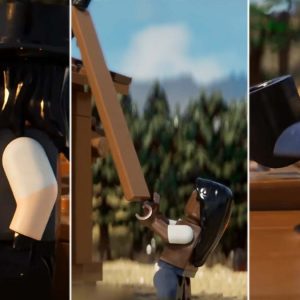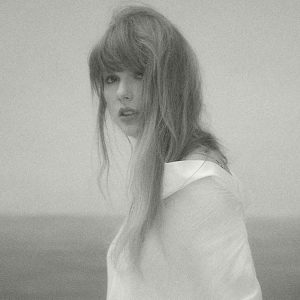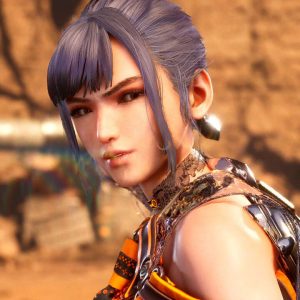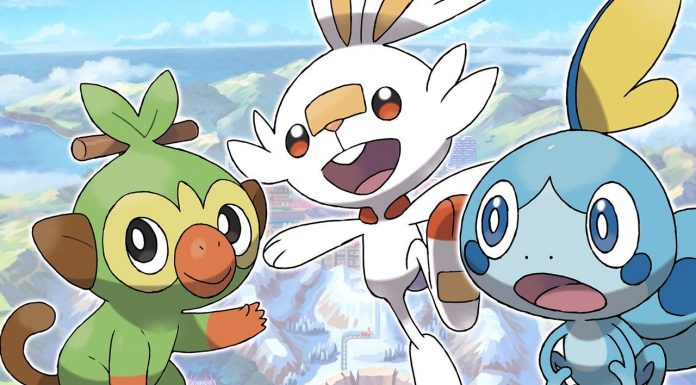Earlier this week Wingspan designer Elizabeth Hargrave wrote a Twitter thread outlining a glaring issue the board game industry has with representation: namely, that there simply aren’t enough games winning awards and getting published that have been designed by women.
It’s not a tough argument to make! Board games are a huge and social industry, played by people of all persuasions all over the world, but as Hargrave points out the nominees for the Spiel des Jahres—board gaming’s biggest award, picked from the creators of the biggest games of the year—have overwhelmingly been men:
The sane response to this would be to say, yes, this is a problem! Board game design has traditionally been dominated by white men, but as the market has grown and evolved, the demographics of published and award-winning designers (you need to be the former before you can become the latter) has failed to grow alongside it. More work needs to be done to encourage more women—and more people who aren’t white men—to get into game design and get their games published, because as Hargrave says, we’re “restricting the brainpower and life experience that goes into games”, and “Our gaming choices are poorer for it.”
Ryan Dancey, COO of Alderac, took a different approach. To avoid paraphrasing, I’ll just leave his direct reply to Hargraves here in full:
I have taken more than 1,000 game pitches since 2016. I would say that less than 10% of those were from female designers. Effectively none of them were games AEG would publish. We did a call for submissions from female designers specifically; we got one publishable design –@elizhargrave‘s Mariposas.
There have been a couple of pitches that came close; most commonly where a female pitched with a male designer. There is one team of two female designers that pitch great but their games are too light for us. I know why we didn’t proceed with those pitches but they were at least in the ballpark.
Typically when I am pitched by a female, the game tends to fall into one of several broad categories:
* It’s a game about politics; in general, we don’t publish games about politics
* It’s a party game; in general, we don’t publish party games
* It’s a pitch from a designer very early in their design journey and the game isn’t competitive in the modern market – it usually is either too much like another game, or very generic, or its more of an idea than game design
——
I’ve never been pitched a wargame by a female. I’ve never been pitched a 2-player fighting game by a female. I’ve never been pitched a giant fighting robots game by a female. I actually don’t think there’s much of a market in those categories because there is so much competition, but I wonder if a game design by a female would be orthogonal to the existing designer patterns and produce something remarkable.
——
I think there is a significant gap between when someone decides to try and become a game designer and when they produce their first publishable game. Life in that gap consists of a lot of rejection and negative criticism. I wonder if that gap accounts for a good part of the missing female design cohort – females are socialized in the West to avoid situations where they’re subjected to fairly harsh criticism of their abilities and creative ideas. Males are socialized to take the punches and keep moving forward. Getting across the gap is how you turn someone into a “real game designer” who gets paid for their work and who makes designs that are attractive to publishers.
——
So far, we haven’t seen much award consideration go to games that exist almost entirely as crowdfunding projects. I know there are many more females doing game design & production via crowdfunding who just don’t connect with publishers. The nature of the SdJ is that a crowdfunding game is effectively shut out from consideration.
To Dancey’s credit, he has since apologised and asked people to “hold him accountable”:
Yesterday I engaged in a discussion about the lack of representation of women as designers in the gaming community. It was not my finest moment. I’m embarrassed and mad at myself for the tone and content of my contribution to that discussion. It doesn’t reflect my views and it certainly doesn’t reflect the views of the company I work for.
I’m sorry for any harm I have caused and any offense I have given.
This topic is extremely important to me and I want to be a part of the solution not a part of the problem. I’ve discussed both my poor original message and the aftermath with my leadership team and with the rest of our company and I want to outline some concrete steps that we’ll be taking to do better in this regard.
* We are going to actively connect with designers from under-represented demographic groups, especially women, and offer mentorship and development support of their projects even if AEG is not publishing games of that kind.
* Some people have suggested various organizations that could benefit from our support. We will proactively reach out to the groups that we have been made aware of and aggressively look at pitches from members of these groups.
* Our goal has been to publish the very best games, we are going to expand that goal to help and provide more support to the people who we want to be in business with get to a place where they are being seen and published.
Check back with me in a year and hold me accountable; I’ll provide updates as we make progress.
But the fact he was thinking any of that stuff originally, let alone writing it publicly, let along replying directly to one of the few successful women designers in board games really says a lot about Hargraves’ original points, not just about women but other marginalised designers as well. Something the industry has been struggling mightily with these past few years.
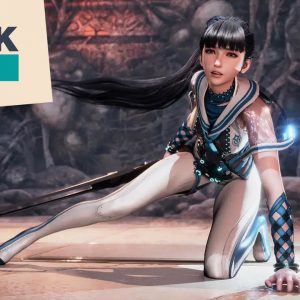

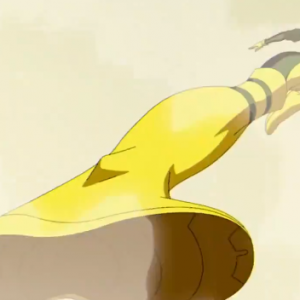


the1.21updateofficialnameis..._minecraftmonthly-youtube-googlechrome4_26_20242_39_36pm-300x300.png)
